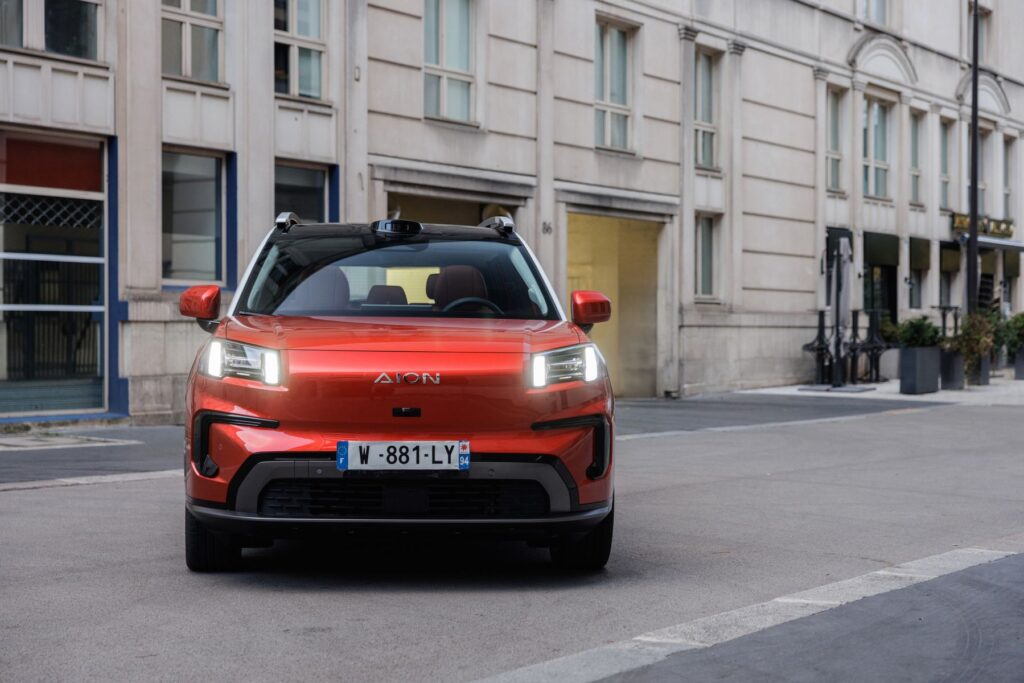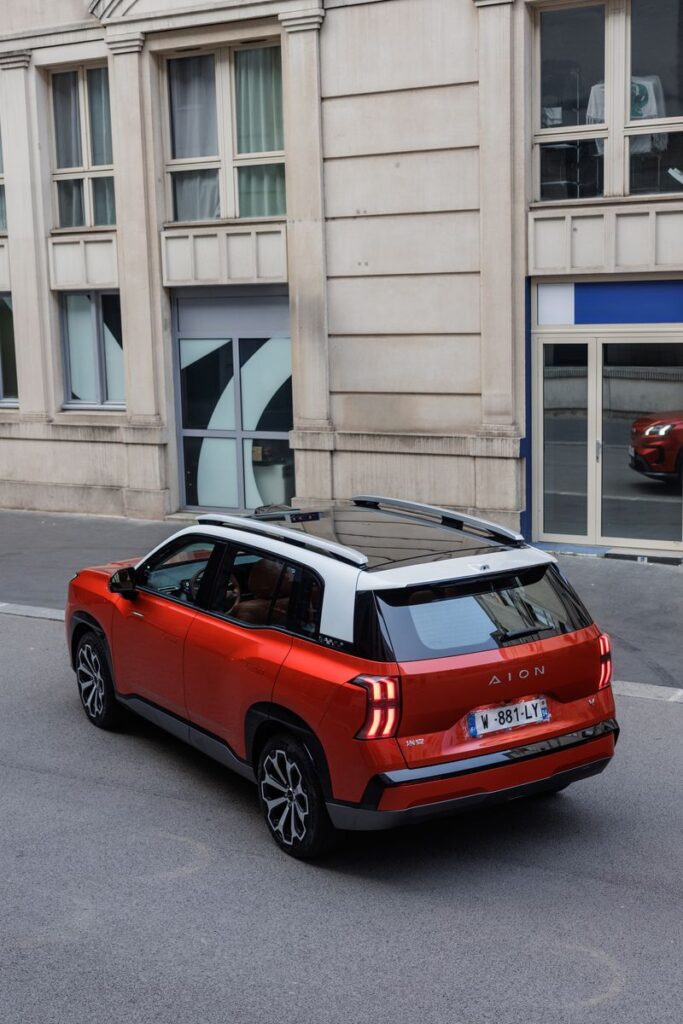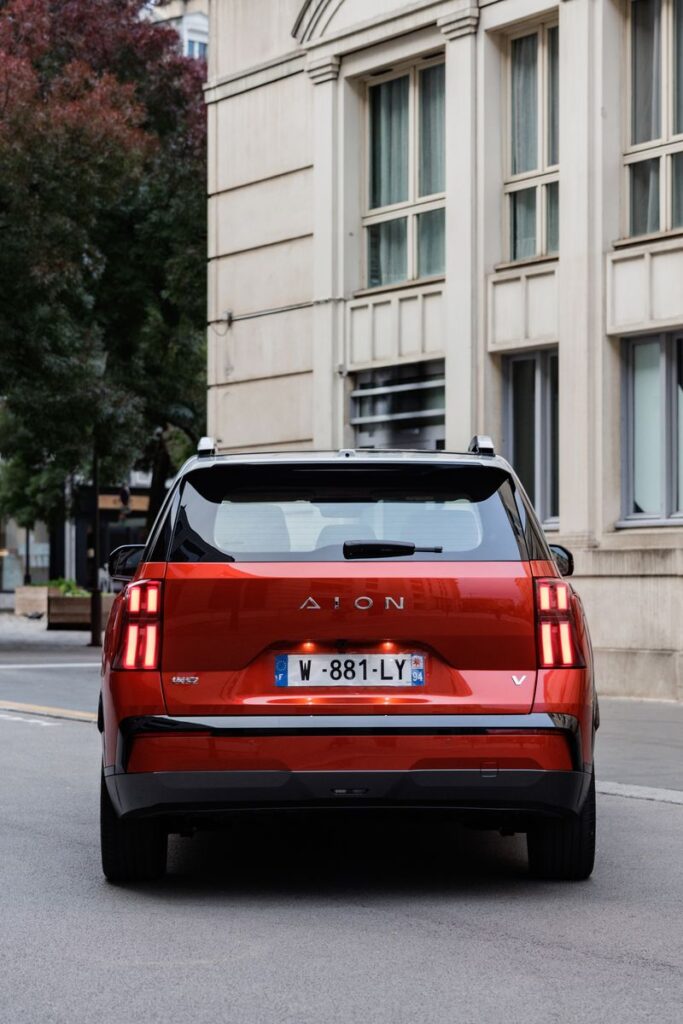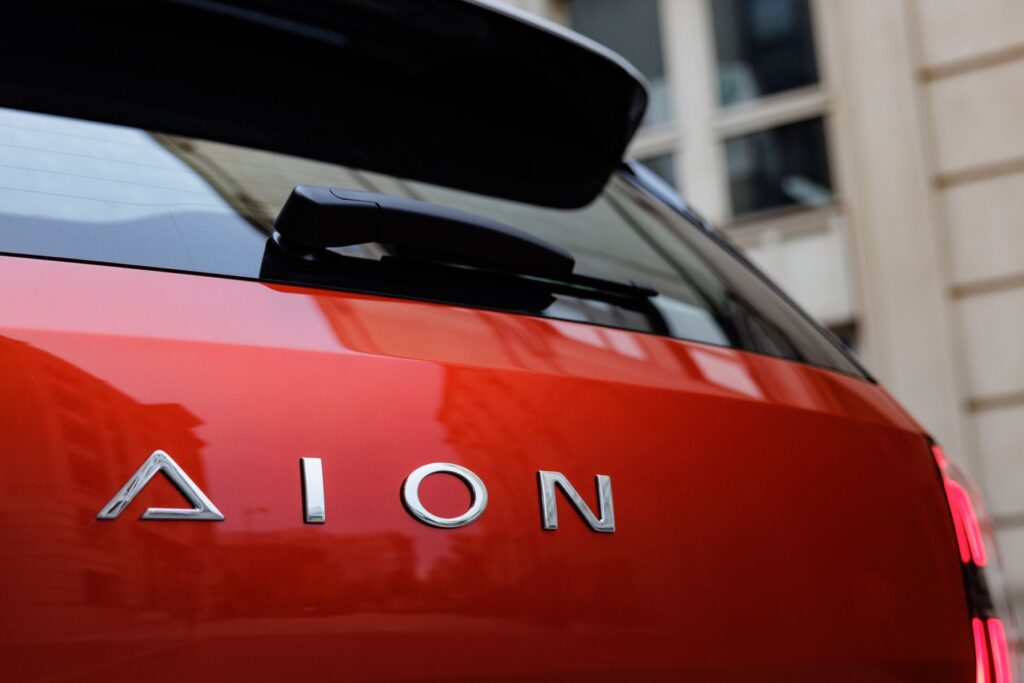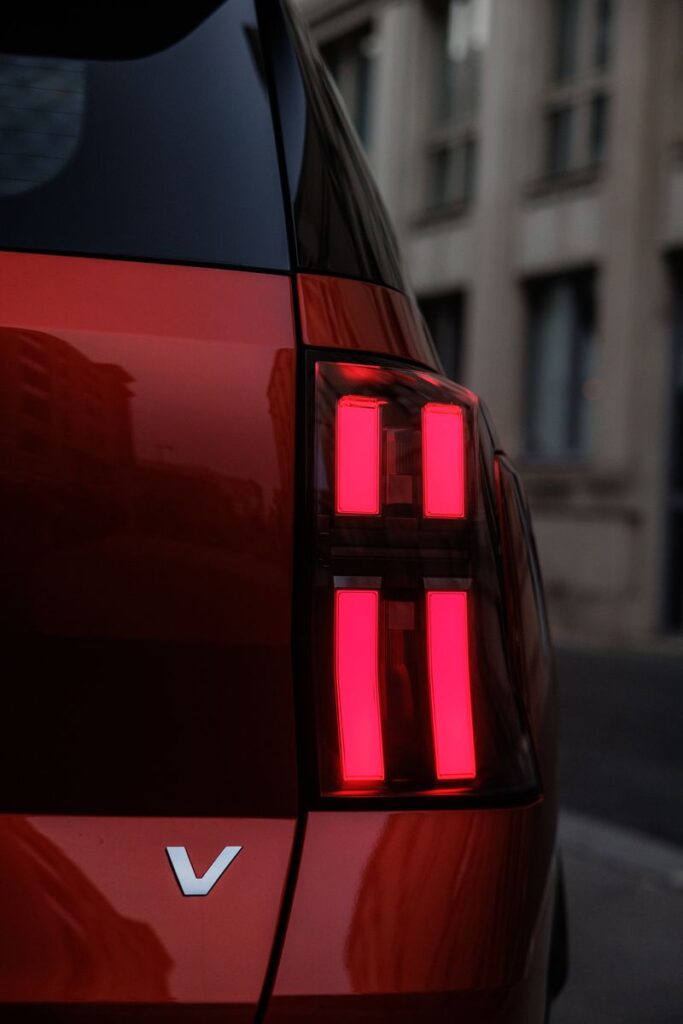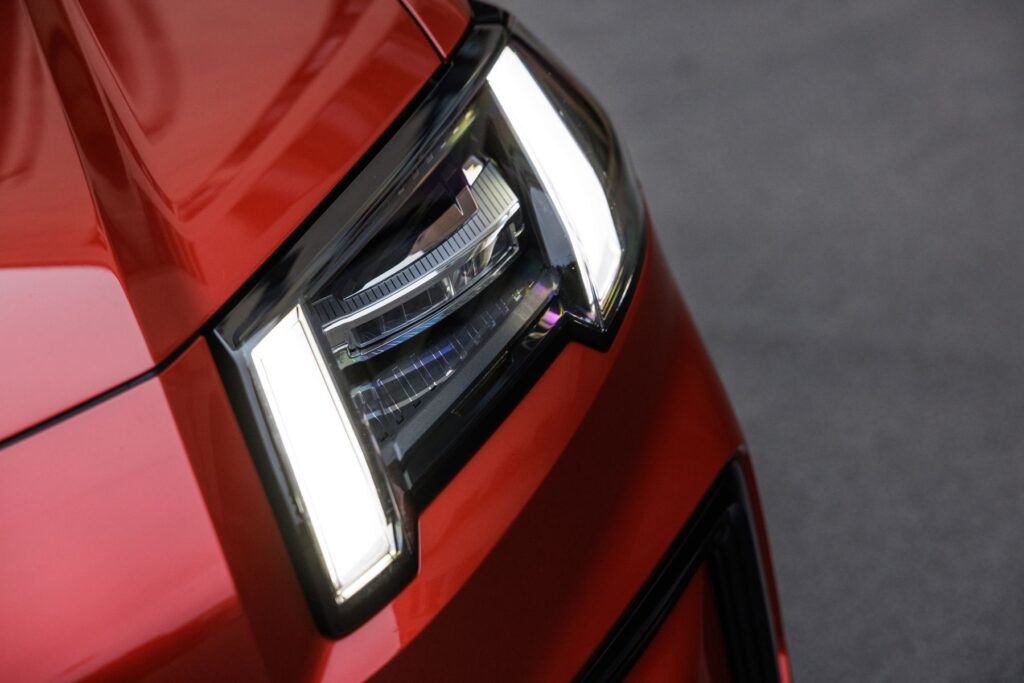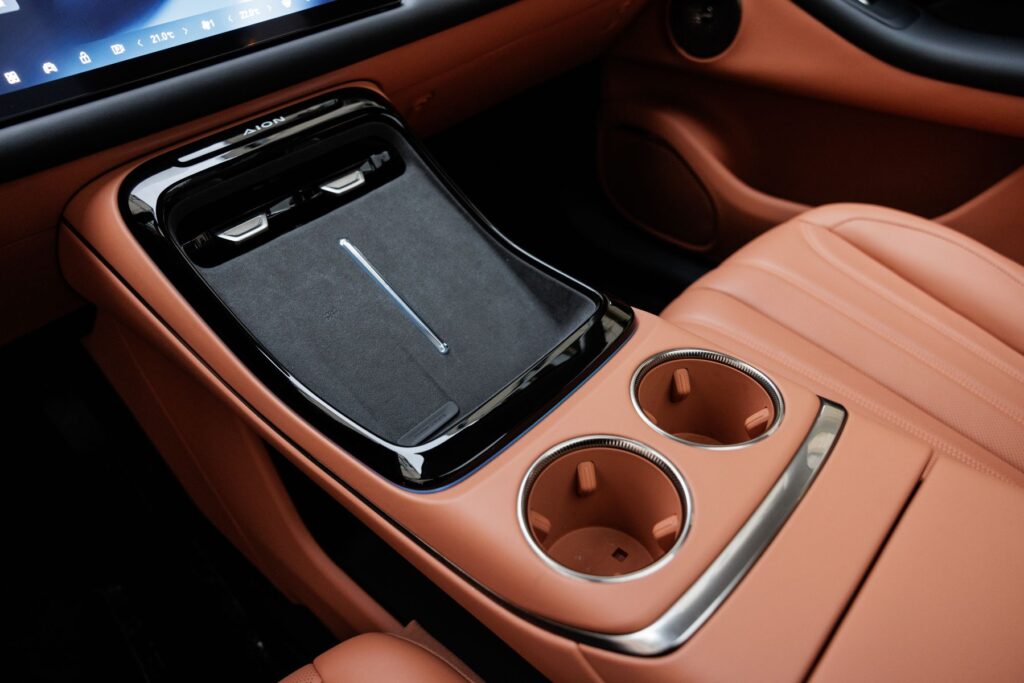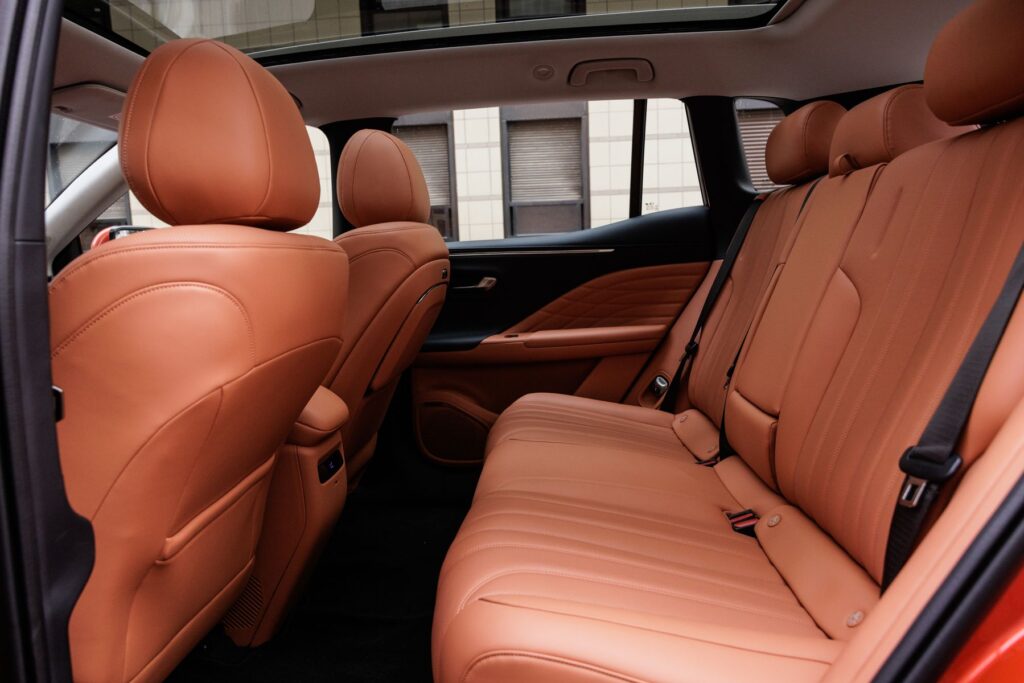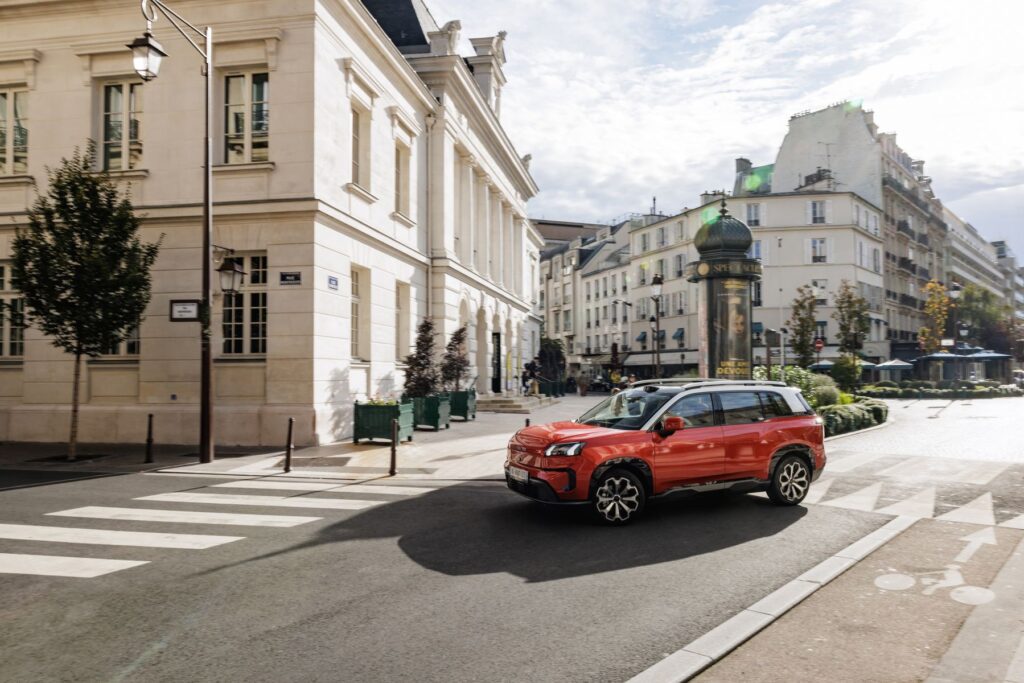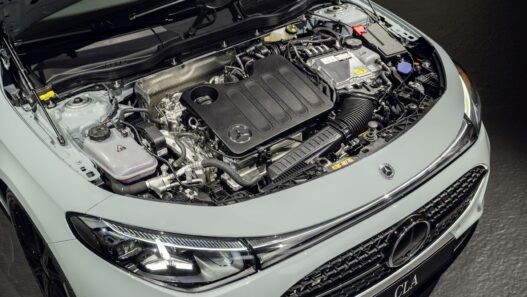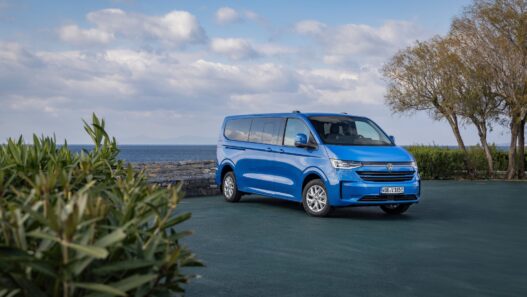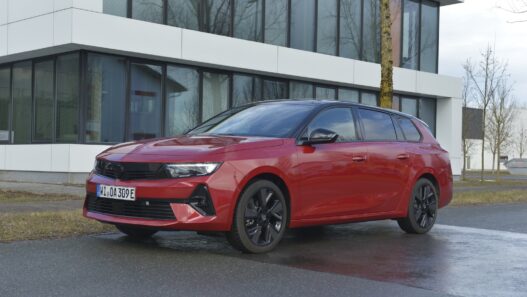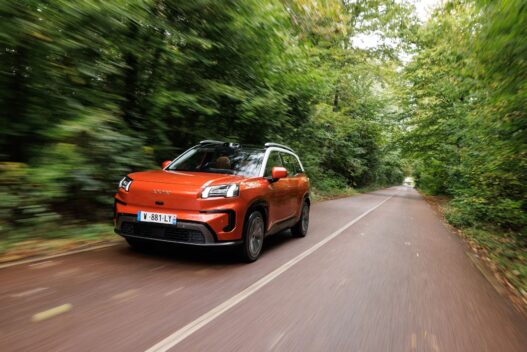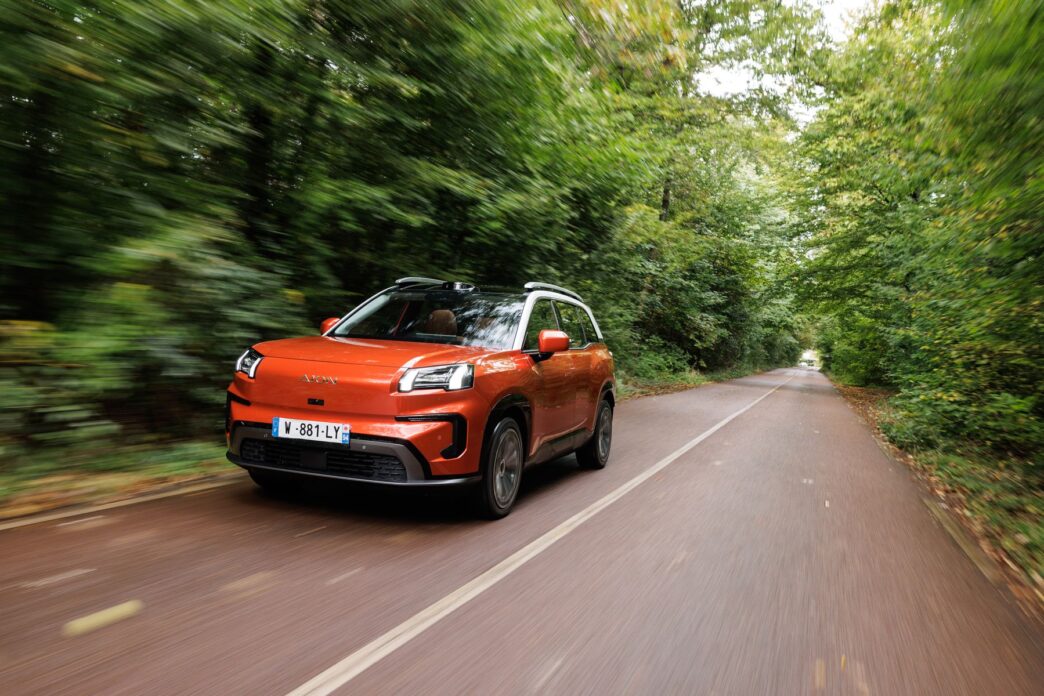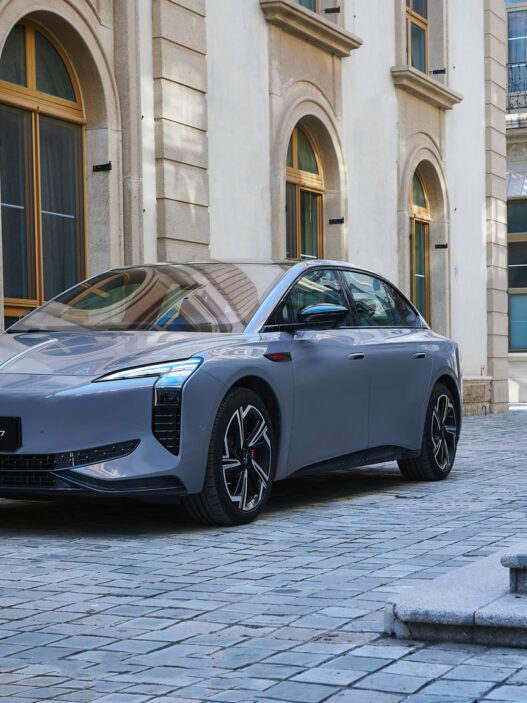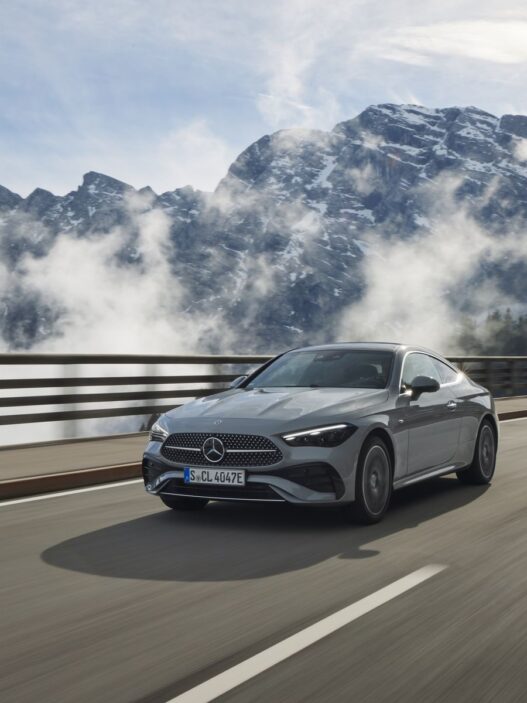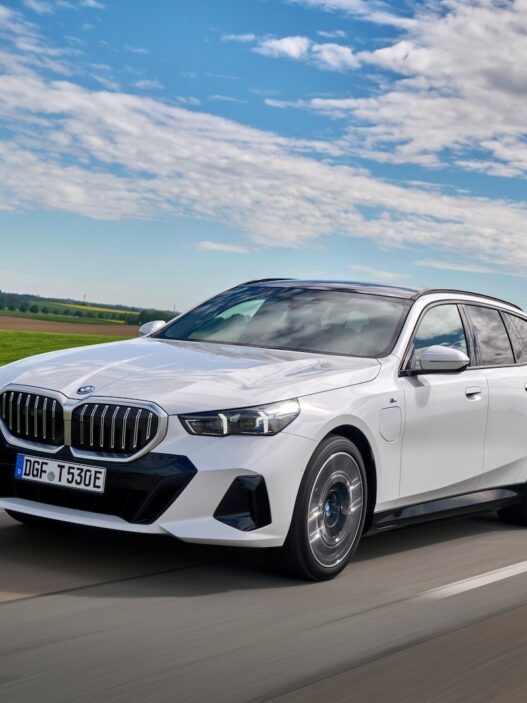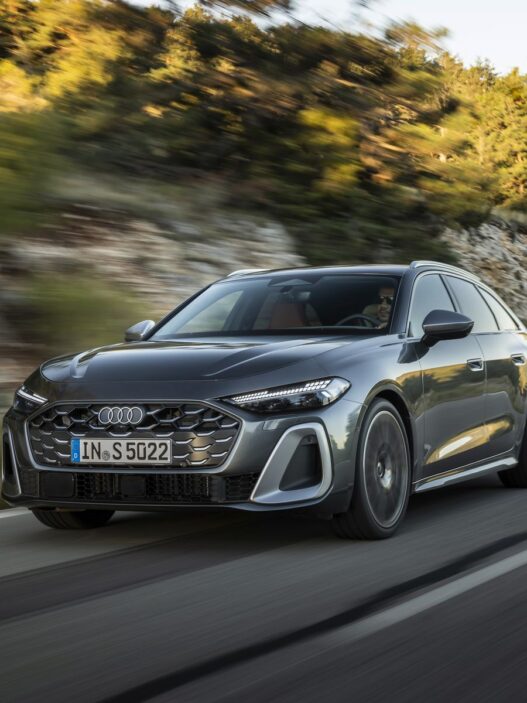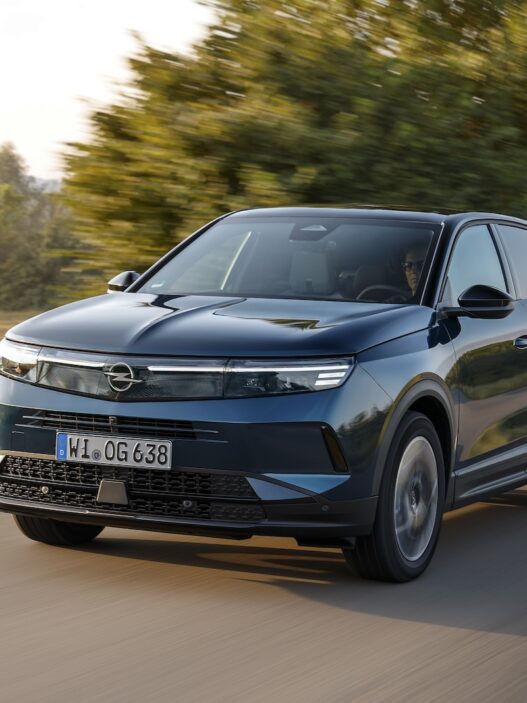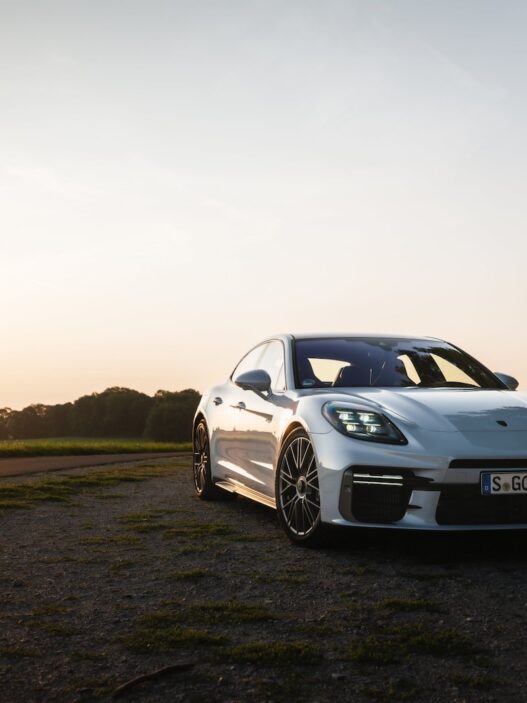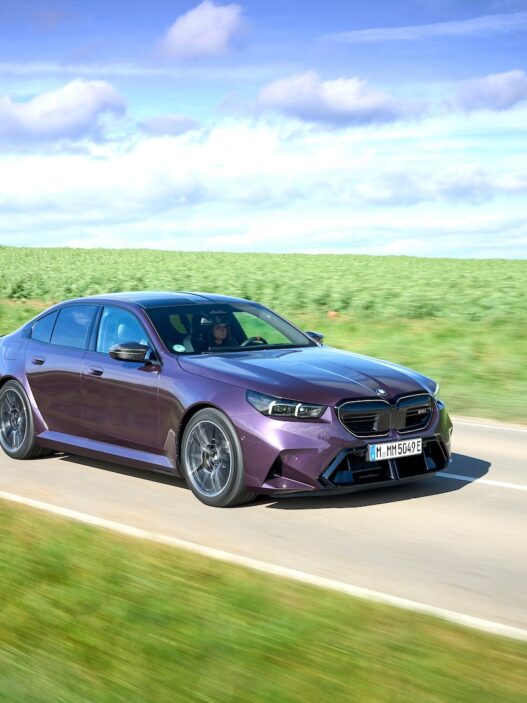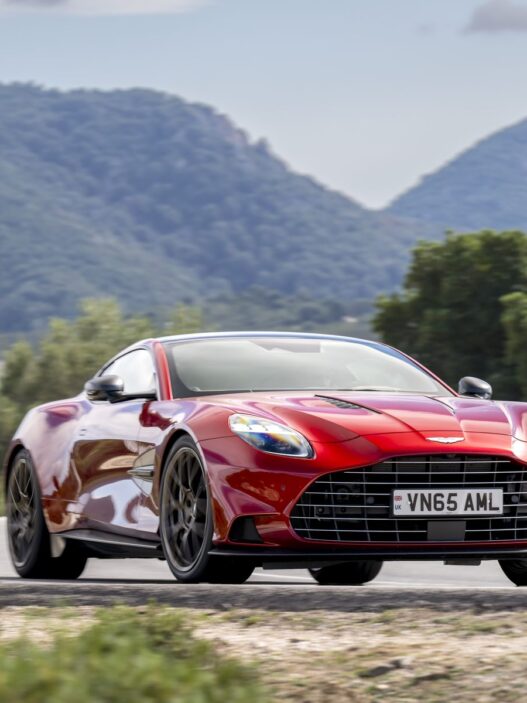Chinese automaker GAC is gearing up to make a splash in Europe with the Aion V, a compact electric SUV that left a solid impression during our initial test drive.
At first, we thought, Another electric SUV? And the dimensions — 4.60 meters long and 1.85 meters wide — didn’t initially spark excitement. But once we saw the Aion V, with its sharp lines, two-tone paint, and clean interior layout, we realized GAC had made a strong visual impact. This sharp-styled EV represents GAC’s spearhead in its bid for the European market, and it left us more curious than skeptical.
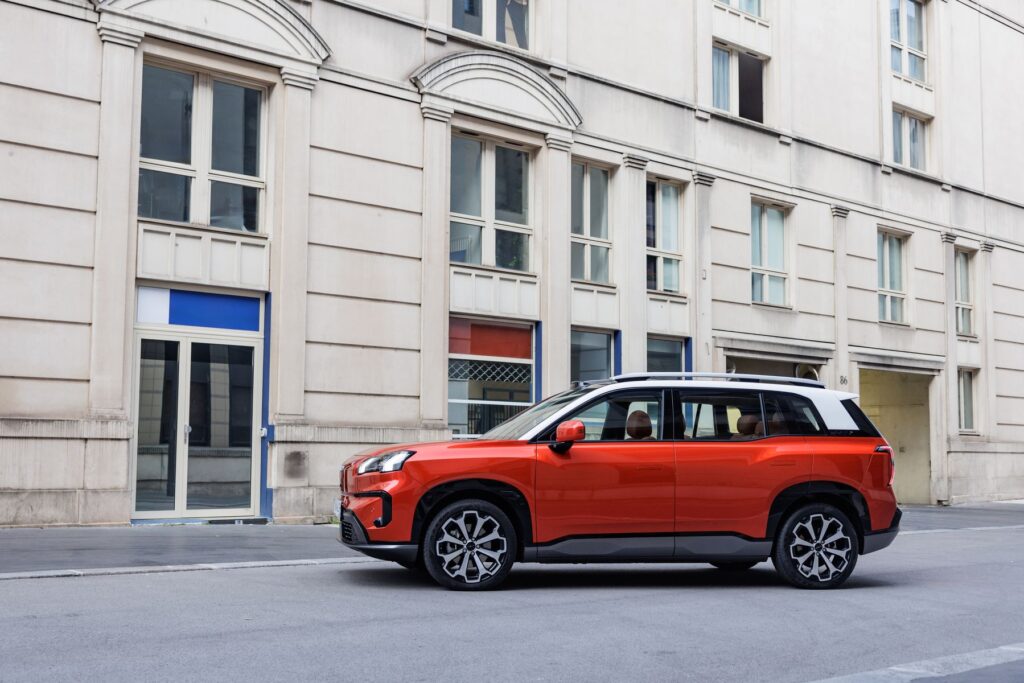
Comfort First, Details Later
Sliding into the driver’s seat, the Aion V continued to impress. A small fridge between the front seats keeps drinks cold on long drives, while the cushioned seats in terracotta leather add a premium touch, with an eight-point massage feature offering three different settings. There’s ample room both in the front and back, and the interior sticks to the “less is more” approach without being as spartan as Tesla. The setup includes an 8.88-inch digital instrument cluster and a 14.6-inch touchscreen for the infotainment. A head-up display, however, is missing.
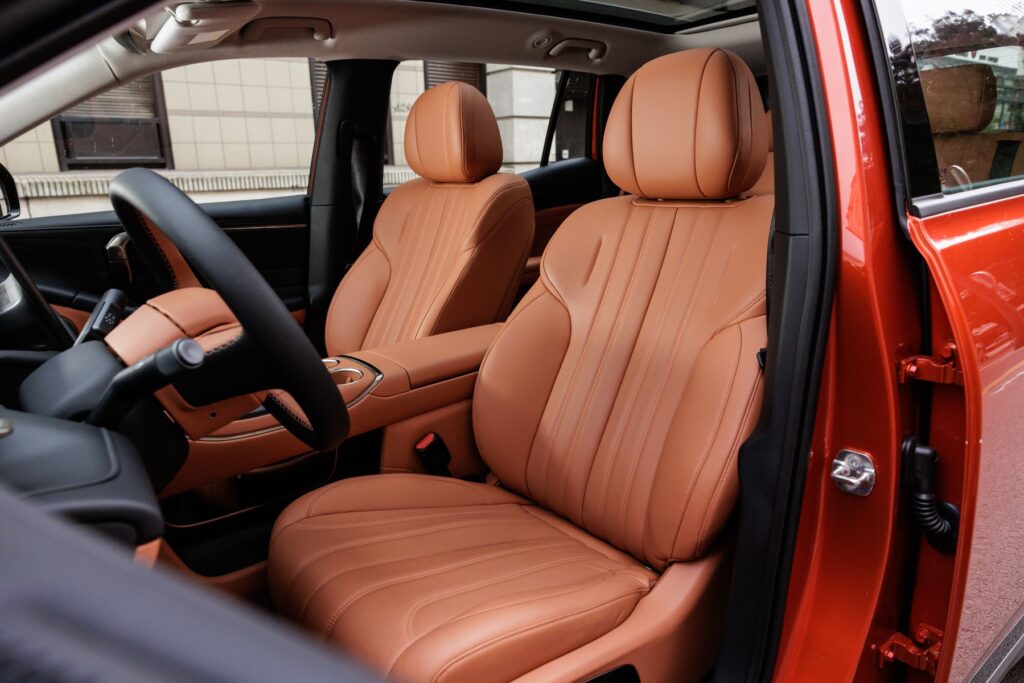
Other than two scroll knobs on the steering wheel, nearly all functions are managed through the touchscreen or voice commands (not installed on our test model yet). Still, the interface was refreshingly straightforward compared to many Chinese cars where overly complex menus can frustrate users.
Performance Fit for the Urban Jungle
In China, the Aion V comes in two versions with either 150 kW (204 PS) or 165 kW (224 PS), each with 240 Nm of torque. We took the stronger model out for a spin, which reaches 0-100 km/h in 7.9 seconds. The top speed is capped at 160 km/h — enough for European highways. However, that typical electric “punch” is less pronounced. While this might not satisfy thrill-seekers, it’s ideal for navigating the bustling streets of a city like Paris, where your focus is more on avoiding scooters and traffic rather than flooring the accelerator.
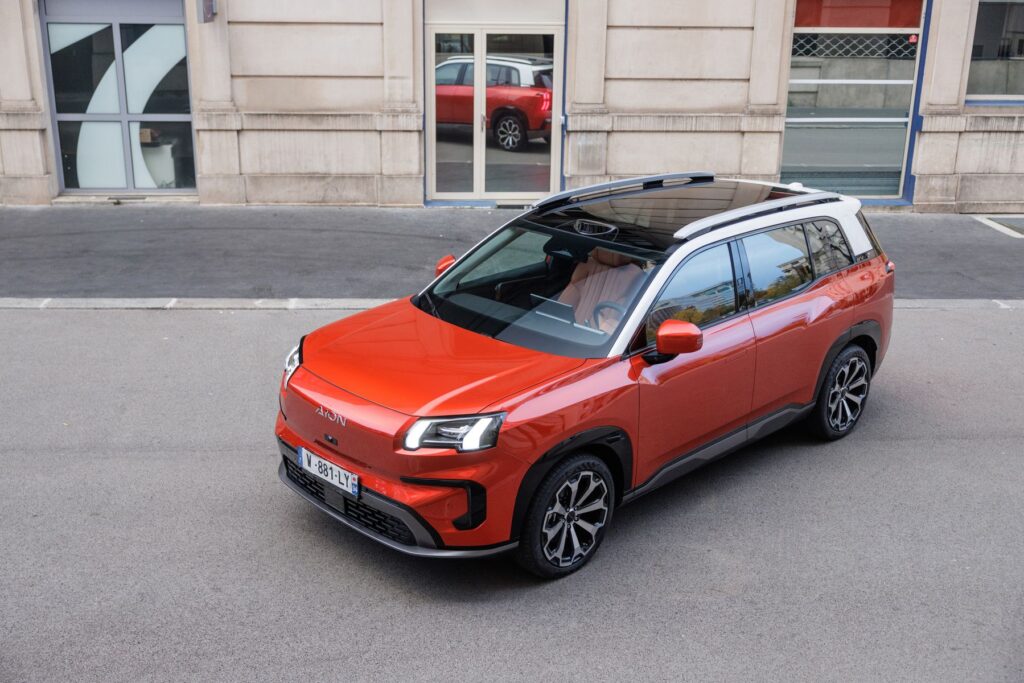
The Aion V comes with multiple driving modes: Dynamic, Comfort, and Eco (called “Energy Saving” by GAC), with noticeably stronger regenerative braking in Eco mode. Drivers can also select either “low” or “medium” for energy recovery or even switch to a coasting mode, letting the car glide with minimal resistance.
Range and Charging: Solid Enough
Our test model housed a 75.3 kWh lithium iron phosphate (LFP) battery, offering a WLTP range of 521 kilometers. Claims of a 700 km range relate to the 90 kWh battery, and these numbers are based on the less stringent Chinese test cycle. GAC states that the Aion V consumes around 15.9 kWh/100 km.
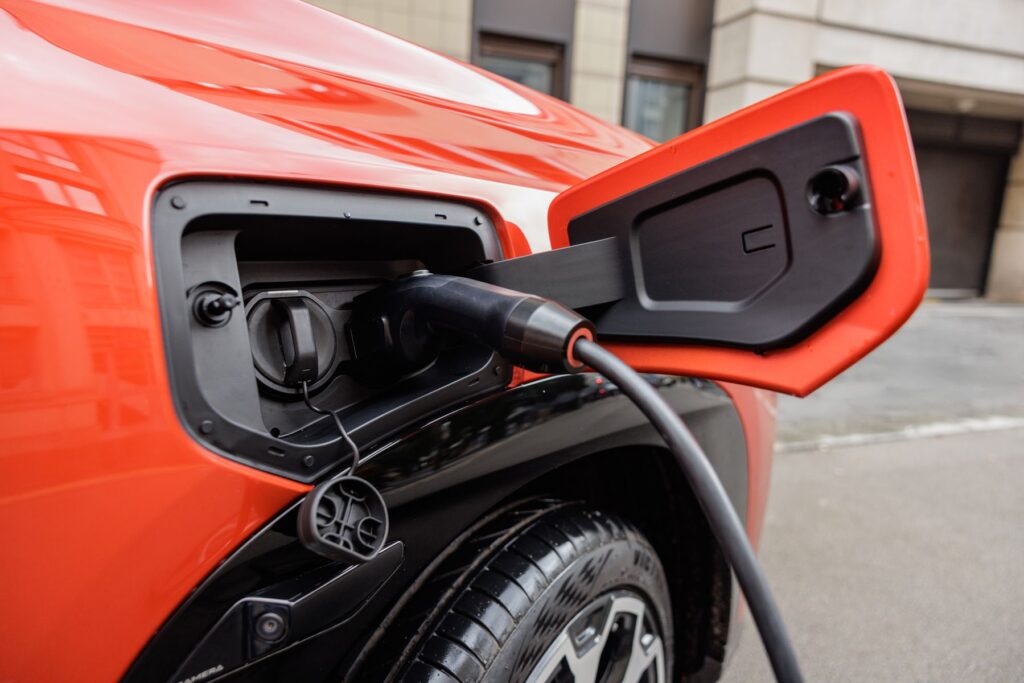
For charging, it can supposedly add 255 km in 15 minutes on a DC fast charger. According to GAC engineers, the Aion V supports 150 kW DC charging on a 400-volt system, which is respectable for its category. At a home wallbox, the maximum charging rate is currently 11 kW, though GAC says a 22 kW option may be available in the future. And for camping enthusiasts, the Aion V supports vehicle-to-load (V2L), which can power small devices, ideal for an outdoor grill setup.
Fine-Tuning Before the European Debut
The Aion V is tuned for comfort, though the suspension isn’t as cushy as some Chinese SUVs. The steering could benefit from more precision and feedback, especially in tight turns. Still, the overall setup works well enough. GAC has assured us that further adjustments to the suspension and steering are underway to better meet European tastes by the Aion V’s anticipated launch in a year.
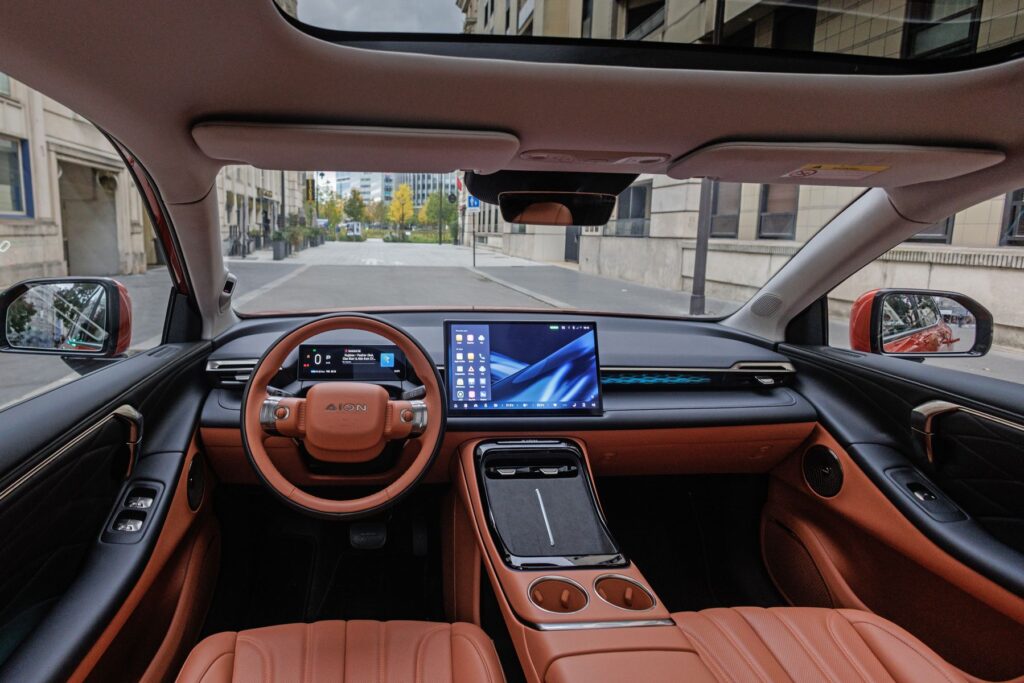
As for pricing, GAC has yet to reveal specifics, citing potential import duties. To capture market interest, a range between €30,000 and €35,000 would be an ideal starting point.
Technical Data: GAC Aion V
- Type: Electric Crossover
- Power: 165 kW / 240 PS
- Max Torque: 240 Nm
- 0–100 km/h: 7.9 seconds
- Transmission: Automatic
- Drive: Front-wheel drive
- Battery: 75.3 kWh
- Dimensions (L/W/H): 4,605 / 1,854 / 1,686 mm
